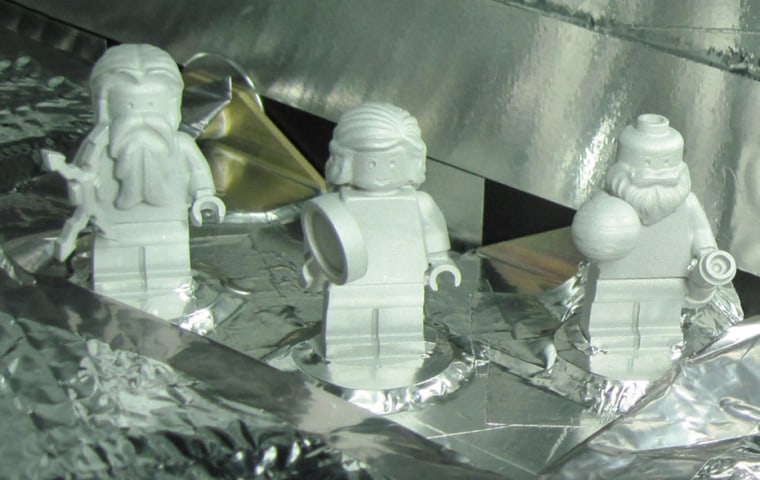Sixteen years after NASA's Galileo probe launched and eight since it plunged to its demise on Jupiter, NASA today launched its successor, Juno. (Wish I was there.) Juno will travel over two billion miles in just about five years, after which it'll orbit for about one (Earth) year and then drop into the gas giant.
So what's the point? To test varying theories about the origins of the solar system at the only place that might actually hold the answers:
Because whatever was in Jupiter at the beginning — more than 4.5 billion years ago, when the solar system was formed — is still there, scientists say, hiding in a mysterious gas giant made up of dust and gas left over by the Sun...“Jupiter holds the history of the solar system,” said Scott Bolton, director of the space science department at the Southwest Research Institute in San Antonio, and the principal investigator for the Juno mission. “If you want to understand that first step of how you went from forming a sun to forming the planets, you have to understand what went into Jupiter and how it was made.”
You might think a probe named for the wife of the Roman god Jupiter destined to circle and observe the mighty planet, then plunge within it to a fiery death, might not sound like the most, shall we say, feminist NASA mission ever. But consider the three LEGO figures that will accompany the probe. One of them depicts Galileo Galilei (and his telescope!). The other two? Jupiter (the god) and his wife:
The inclusion of the three mini-statues, or figurines, is part of a joint outreach and educational program developed as part of the partnership between NASA and the LEGO Group to inspire children to explore science, technology, engineering and mathematics. In Greek and Roman mythology, Jupiter drew a veil of clouds around himself to hide his mischief. From Mount Olympus, Juno was able to peer through the clouds and reveal Jupiter's true nature. Juno holds a magnifying glass to signify her search for the truth, while her husband holds a lightning bolt.
Godspeed, Juno.
